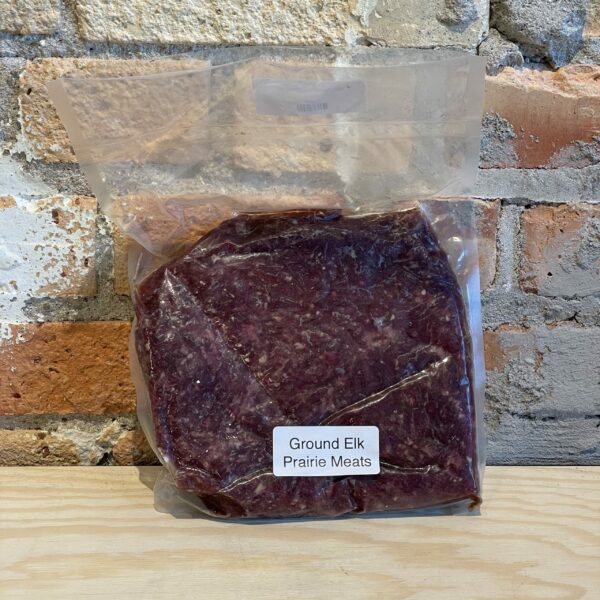
“We need to take precautions.”Īgain, these prions are persistent. “We have to be careful about the potential dangers of this,” he said. Soto warns that there is a good possibility that prions have been progressively accumulating in the environment. “Even more surprisingly, plants infected with the prions were able to transmit the disease when animals were fed the contaminated plants.” “Surprisingly, we found that they do bind to plants very efficiently,” he said. The question then became: Can these prions bind to plants? Distribution of chronic wasting disease in North America, May 2015. Soto said that when some of the soil where an infected dead animal had been buried was injected into research animals several years after it had been buried, the injected animals came down with prion disease. Scientists already knew that these CWD prions are good at binding to soil, especially clay-based soils, and that they can persist there. (Horizontal transmission occurs when an infectious agent is transmitted between members of the same species.) This means, Soto said, that plants may play an important role in environmental prion contamination and the horizontal transmission of the disease. By doing this, the plants can act as a carrier of CWD. In addition, the team found that plants can uptake prions from contaminated soil and transport them to different parts of the plant. The team also found the infectious prion proteins in plants that had been exposed to urine and feces from prion-infected hamsters and deer. From there, they fed the wheat grass to hamsters, which became infected with the disease. They discovered that even highly diluted amounts of the material can bind to the roots and leaves. Soto’s team analyzed the retention of CWD and other infectious prion proteins and their infectivity in wheat grass roots and leaves that had been incubated with prion-contaminated material. The group includes so-called “mad cow disease” (bovine spongiform encephalopathy, or BSE) in cattle, scrapie in sheep, and variant Creutzfeldt-Jakob disease in humans, which, according to the World Health Organization, has been “strongly linked” to eating beef products contaminated with central nervous system tissue, such as spinal cord and brain, from cows infected with mad cow disease. As such, they are responsible for a group of fatal diseases referred to as transmissible spongiform encephalopathy (TSE). These protein-based infectious agents cause the characteristic spongy degeneration of the brain, leading to emaciation, abnormal behavior, loss of bodily functions, and death. “With prions, nothing like that works,” said Claudio Soto, Ph.D., a UTHealth researcher and lead author of an article about the topic published May 26, 2015, in Cell Reports. Much smaller than bacteria, prions are single proteins that cannot be destroyed by typical “kill strategies” such as extreme heat or ultraviolet light.

Why this is so important takes some understanding of what prions are. Recent research, primarily funded by the National Institutes of Health, has opened the door to one of the reasons this disease is so pervasive - and actually endemic in a large swath of land in northeastern Colorado and southeastern Wyoming.Īccording to researchers at The University of Texas Health Science Center at Houston (UTHealth), grass plants can bind, uptake and transport infectious prions. Terry Kreeger, Wyoming Game and Fish Department, and the Chronic Wasting Disease Alliance. Where did it come from, and why is it spreading across the landscape? What health risks might it pose to humans who eat parts of infected animals? And can cattle get it from infected deer, elk, and moose, thus introducing it into the human food chain? Cow elk with symptoms of chronic wasting disease. Known as chronic wasting disease, or CWD, it has baffled scientists for decades. An infectious brain disease that has been killing deer, elk and moose both in the wild and on “captive farms” continues to stalk the land, expanding its domain to 23 states and two Canadian provinces since it was first identified in captive mule deer in a Colorado research facility in 1967.


 0 kommentar(er)
0 kommentar(er)
